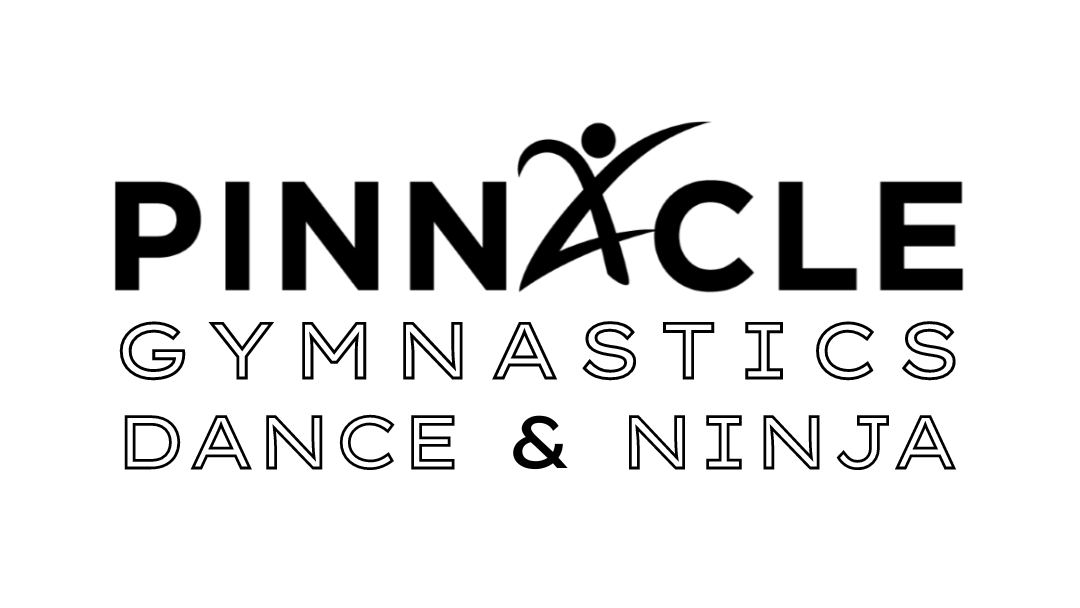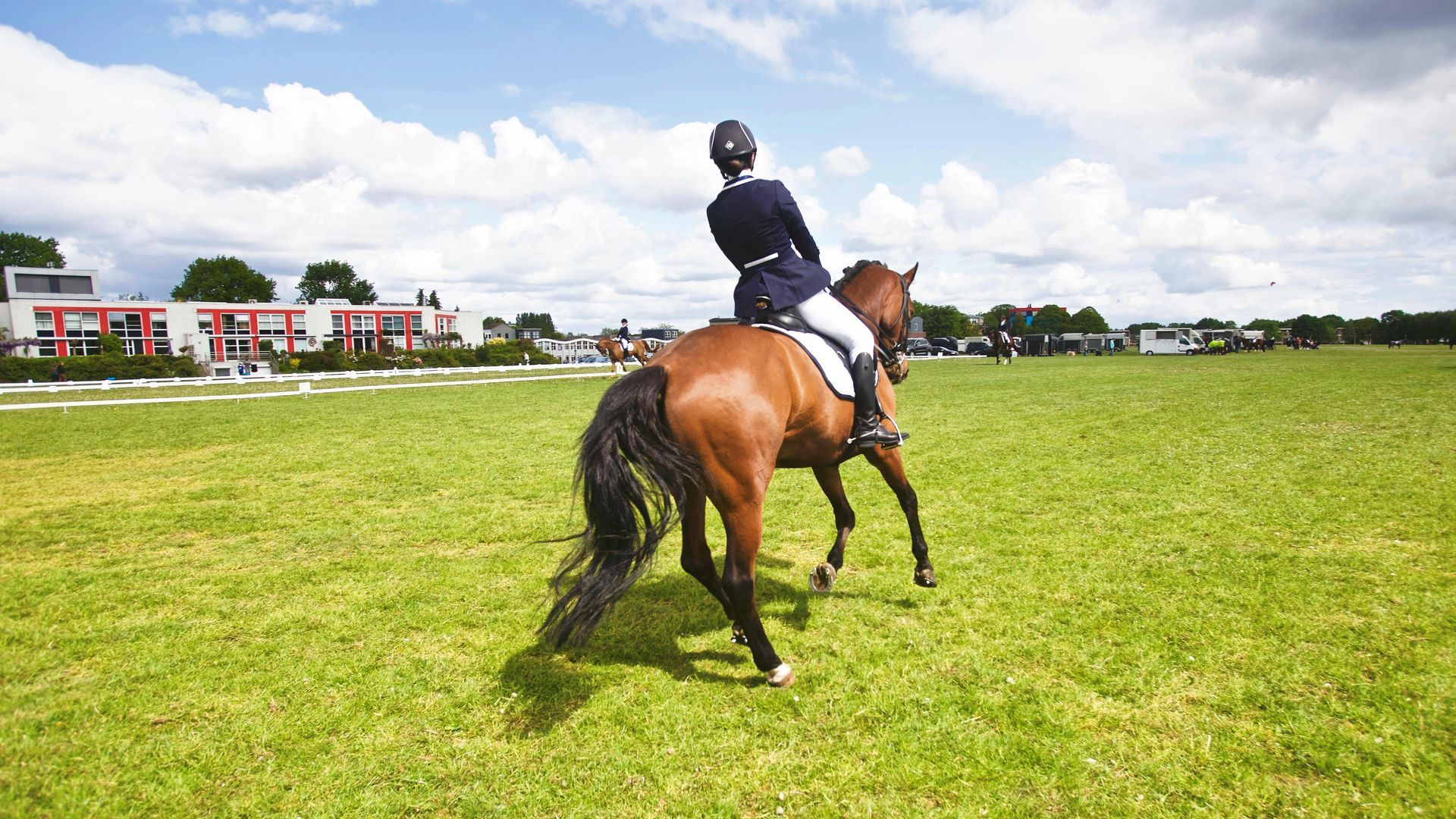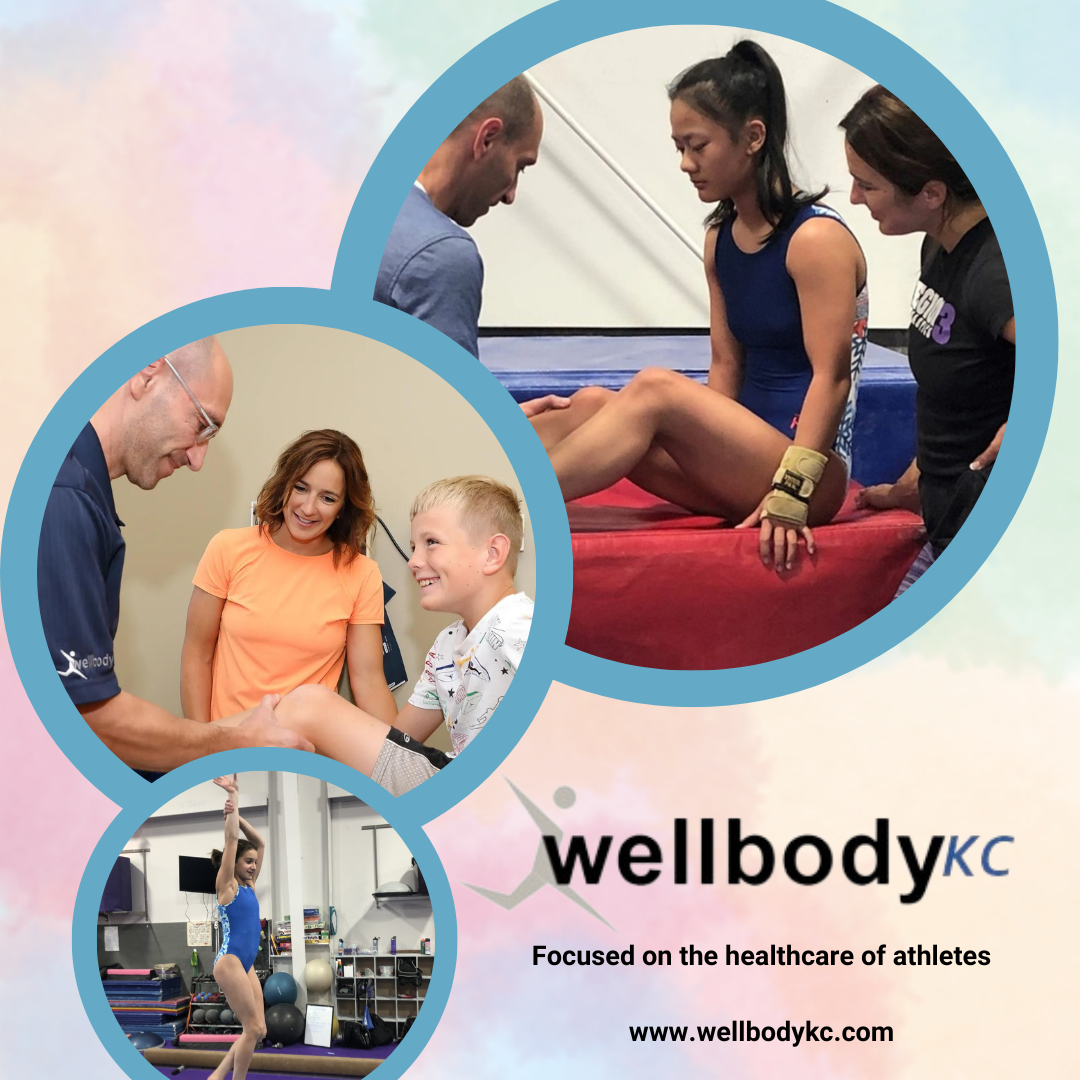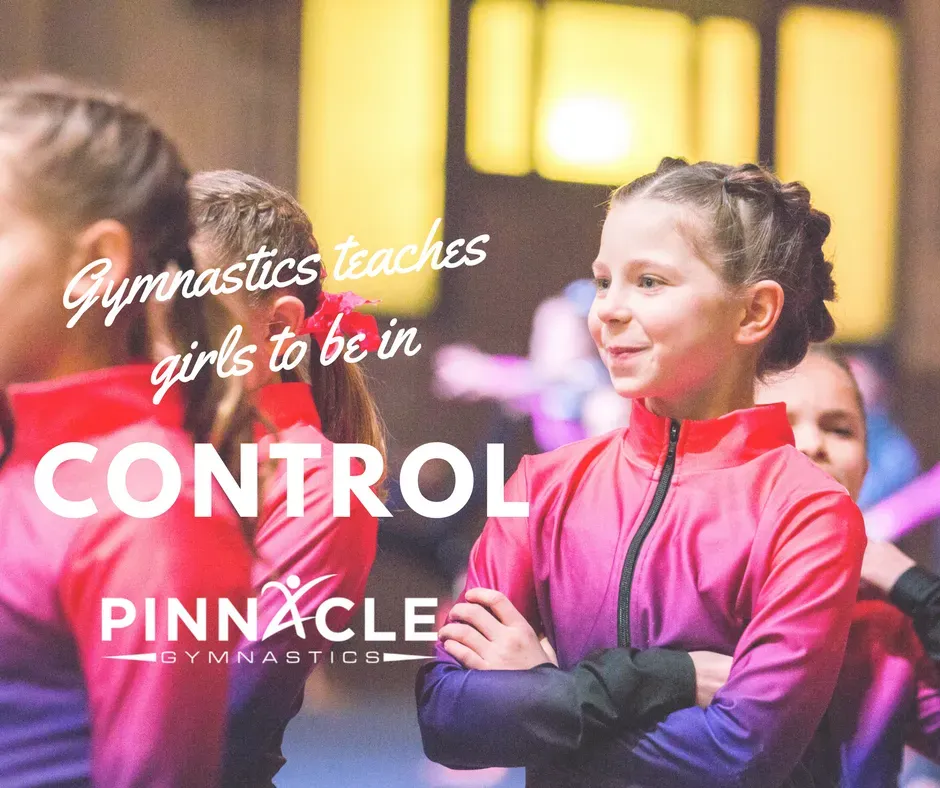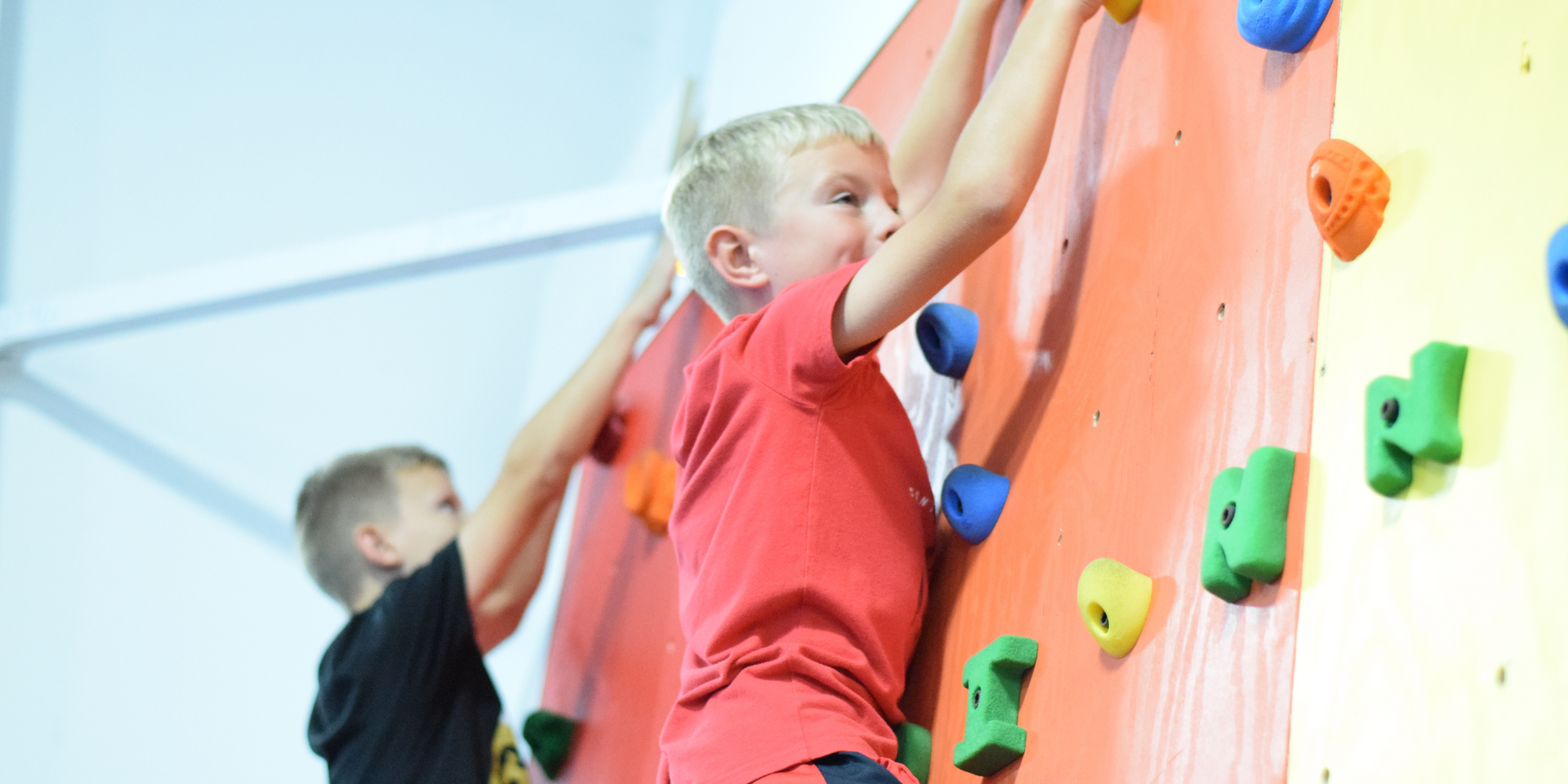Gymnastics Classes Near Me
Choosing the right gymnastics class for your child is an important decision that can shape their experience with the sport and contribute to their growth, both physically and mentally. Gymnastics offers a wide range of benefits, from building strength, flexibility, and coordination to fostering confidence and discipline. However, with so many class options available, how can you be sure you’re selecting the right fit for your child?
Find a Safe USA Gymnastics Member Club
Safety should always be a top priority when selecting a gymnastics program for your child. One way to ensure that the facility you choose adheres to high safety standards is by finding a USA Gymnastics (USAG) Member Club.
- What is a USA Gymnastics Member Club?: USA Gymnastics is the national governing body for the sport of gymnastics in the United States. They set and enforce safety standards, coaching certifications, and athlete protection policies. A USAG Member Club is a gymnastics center that has met USA Gymnastics’ criteria for coaching and safety protocols.
- Why Choose a USAG Member Club?: When a gym is a USA Gymnastics Member Club, you can be confident that the gym is committed to maintaining a high standard of safety, coaching expertise, and ethical practices. USAG member clubs are required to follow strict safety guidelines, such as:
- Coaches must be background-checked and certified.
- Clubs must have trained staff in first aid and CPR.
- Regular safety audits are performed to ensure that equipment is safe and properly maintained.
- Athlete protection policies are enforced, ensuring the safety and well-being of gymnasts at all levels.
- Finding a USAG Member Club: You can easily search for USA Gymnastics Member Clubs in your area using the USA Gymnastics website. Look for clubs that are USAG certified, which assures you that the facility adheres to the organization's rules and regulations. Additionally, these clubs will likely offer classes that are well-structured and aligned with USAG’s development programs.
Choosing a USA Gymnastics Member Club not only ensures that your child is learning in a safe environment, but it also means that the club must adhere to higher standards.
We’ll walk you through key considerations to help you find the best gymnastics class for your child, from understanding different class levels to looking for the right coaching style and ensuring a safe, supportive environment.
How to Find the Right Gymnastics Class for Your Child
1. Understand the Different Levels of Gymnastics Classes
When you begin your search for a gymnastics class, the first thing you’ll need to do is understand the various levels offered at gymnastics gyms and centers. Gymnastics classes typically cater to children of all skill levels, from absolute beginners to those with years of experience.
- Beginner Classes: If your child is just starting out, beginner classes are a great way to introduce them to gymnastics. These classes focus on developing basic motor skills, body awareness, and coordination. The emphasis is on building confidence and having fun while learning fundamental movements such as forward rolls, cartwheels, and basic balance skills. Beginner classes may also focus on flexibility and strengthening muscles.
- Intermediate Classes: Once your child has mastered basic skills and feels comfortable with their body movements, they may move to an intermediate class. These classes build on the foundation developed in beginner classes, adding more complex skills like back handsprings, handstands, and beginning tumbling passes. Gymnasts in intermediate classes may also start working on apparatus-specific skills like uneven bars or balance beam.
- Advanced Classes: For children who have been practicing gymnastics for some time and have mastered the basics, advanced classes are designed to help them refine their technique and work on high-level skills. This includes advanced tumbling, aerials, flips, and complex routines that require a higher level of strength, agility, and flexibility. Advanced gymnasts may also begin preparing for competitions.
By understanding the different levels, you can ensure that your child is placed in the appropriate class based on their current abilities, age, and experience.
2. Look for Age-Appropriate Programs
In addition to skill level, age is another important factor to consider when choosing a gymnastics class. Many gymnastics centers offer age-specific programs to help children progress at a developmentally appropriate pace.
- Toddler and Preschool Classes: For young children, toddler and preschool gymnastics classes are designed to help develop basic motor skills in a fun and engaging environment. These classes may focus on basic activities like crawling, jumping, climbing, and balancing to enhance coordination, strength, and flexibility. They are usually designed to be parent-child classes, helping both parents and children engage with each other while learning.
- Youth Classes (5 and up): Once children enter elementary school, gymnastics classes can become more structured and focused on skill development. These classes typically separate gymnasts by age and skill level, allowing children to work with their peers. At this stage, gymnasts will work more specifically on tumbling, balance, and strength-building exercises, and they may be introduced to various gymnastics apparatuses.
- Competitive Classes: For experienced children who show an interest in competitive gymnastics, specialized classes and training are available. These classes are longer and often prepare gymnasts for competitive meets, focusing on refining technique, increasing stamina, and performing complex routines. Team development classes may also emphasize individualized instruction and preparation for higher-level gymnastics competitions.
Choosing a class that is age-appropriate will ensure that your child is in an environment with peers who are at a similar developmental stage, helping them feel comfortable, motivated, and ready to succeed.
3. Assess the Experience and Coaching Style of the Instructors
The coach is one of the most important factors in your child’s gymnastics experience. A skilled and supportive coach can make a huge difference in your child’s progress and enjoyment of the sport. When evaluating gymnastics programs, take time to assess the coaching staff and their teaching style.
- Qualifications and Experience: Look for programs that employ coaches who have proper qualifications, including certifications in gymnastics coaching, safety protocols, and first aid. Many experienced coaches will have worked with children in various skill levels, which will help them identify and address your child’s individual needs. Coaches with experience in youth sports also know how to encourage children to push their limits while maintaining a focus on safety and fun.
- Coaching Style: The coaching style can greatly influence your child’s experience in gymnastics. Some coaches are more relaxed and fun-focused, using games and challenges to engage young children, while others may take a more structured and disciplined approach. Ask about the coach’s philosophy and approach to instruction. Do they prioritize individual attention, or are the classes more group-oriented? Are they supportive and positive, fostering a growth mindset, or do they focus more on performance and competition?
- Communication with Parents: A good coach should be open to communication with parents. Look for a coach who provides regular updates on your child’s progress, is receptive to feedback, and is proactive in addressing any concerns you may have.
A strong coach-student relationship built on trust and communication can make all the difference in your child’s gymnastics journey.
4. Visit the Facility and Observe a Class
Once you’ve narrowed down your options, it’s essential to visit the gymnastics facility in person and observe a class. This gives you a chance to assess the quality of the environment and see how well the class is structured.
- Safety and Cleanliness: Ensure the facility is clean, well-maintained, and meets safety standards. All equipment should be in good working condition, and the space should be free of hazards. In addition, check that the gym is adequately equipped for the type of class your child will be taking, whether it’s with proper mats, vaulting apparatus, or balance beams.
- Class Size: It’s important to know the class size and the coach-to-student ratio. Smaller classes often mean more individualized attention, which can help your child progress faster and feel more supported. Larger classes can still be effective, but it’s essential that the coach is able to manage the group and give each child enough time to practice the skills they need.
- Classroom Environment: Observe how the instructor interacts with the children. Are the children engaged and focused? Is the instructor encouraging, patient, and attentive? A positive and supportive environment is crucial to helping your child build confidence and feel motivated to continue practicing.
5. Evaluate the Gymnastics Program’s Focus and Philosophy
Different gymnastics centers may have varying focuses, and it’s important to understand the program’s philosophy and how it aligns with your goals for your child.
- Recreational vs. Competitive Programs: Some gymnastics programs focus mainly on recreation, where children learn skills in a fun, low-pressure environment. Others offer competitive gymnastics programs where athletes work toward specific events and competitions. If your child is more interested in competition, you may want to look for a gym with a strong competitive program. If your child is more focused on having fun and developing overall athleticism, a recreational class may be a better fit.
- Holistic Development: Look for programs that emphasize not just physical skills but also mental and emotional growth. Gymnastics is a sport that can foster discipline, perseverance, and a growth mindset. A good program should help your child develop a positive relationship with their body, build self-confidence, and encourage teamwork and social interaction.
- Progression and Goal Setting: Ensure the gym has a clear structure for skill development and offers a progression system that allows your child to move up as they gain proficiency. Setting small, achievable goals along the way can keep your child motivated and give them a sense of accomplishment as they progress through their gymnastics journey.
6. Consider the Schedule and Cost
Finally, practical considerations like location, schedule, and cost will also play a role in your decision-making process. You want a gymnastics class that fits into your family’s lifestyle and budget.
- Class Schedule: Look at the class times and determine if they fit well with your child’s and family’s schedule. Consider the frequency and length of the classes. Weekly classes are common, but some gyms may offer options for additional practice or weekend sessions. Make sure the class schedule works for your routine and commitments.
- Costs and Fees: Gymnastics classes can vary in cost depending on the facility, class level, and location. Be sure to understand the tuition fees, including registration fees, equipment costs, or any additional fees for competitions or special events. Many gyms offer discounts for siblings or multiple classes, so ask about any potential savings. Remember that high quality programs typically charge slightly more to ensure their staff and program are top notch.
